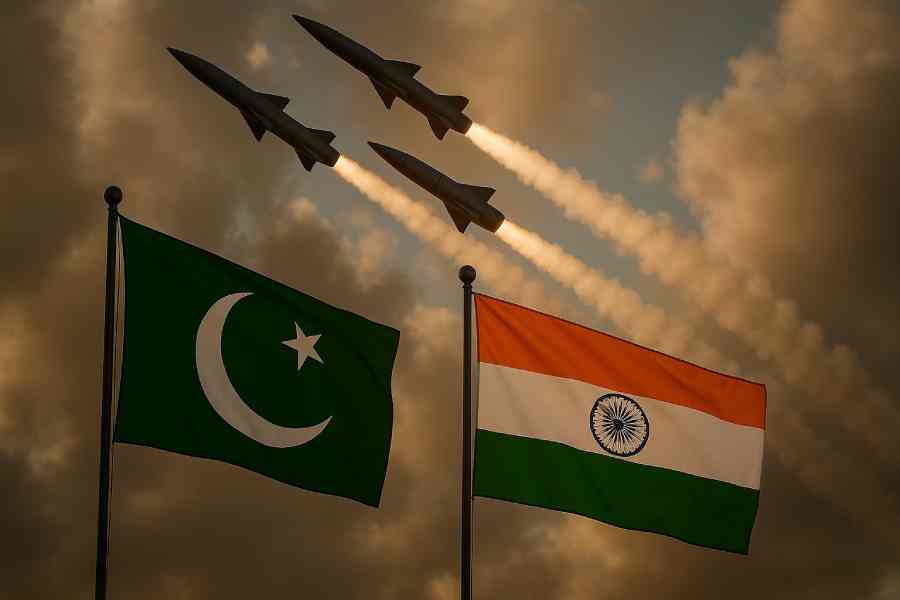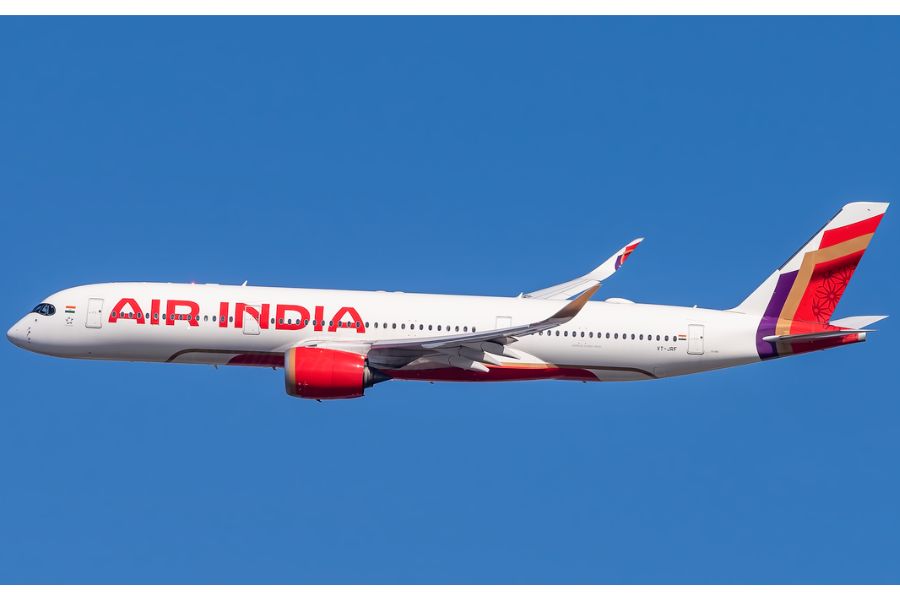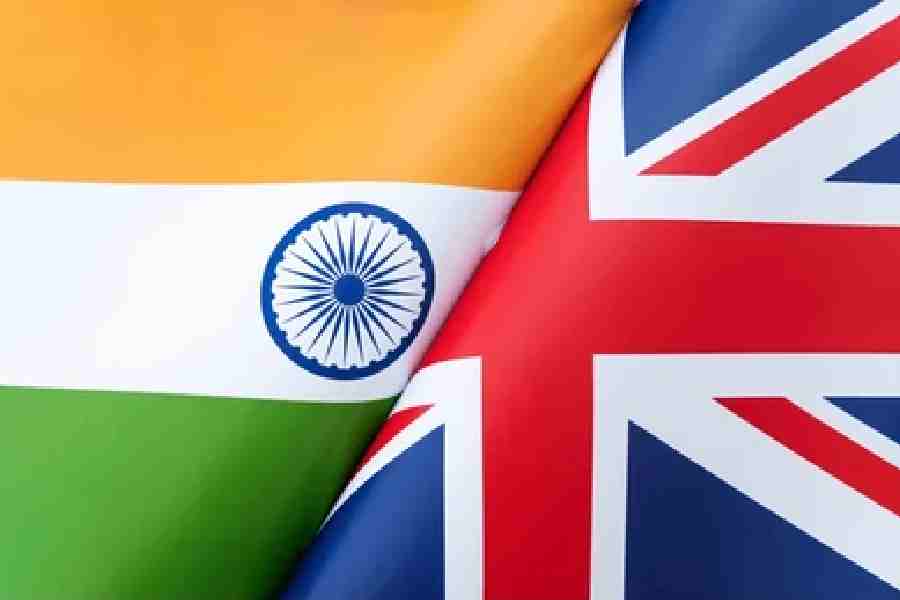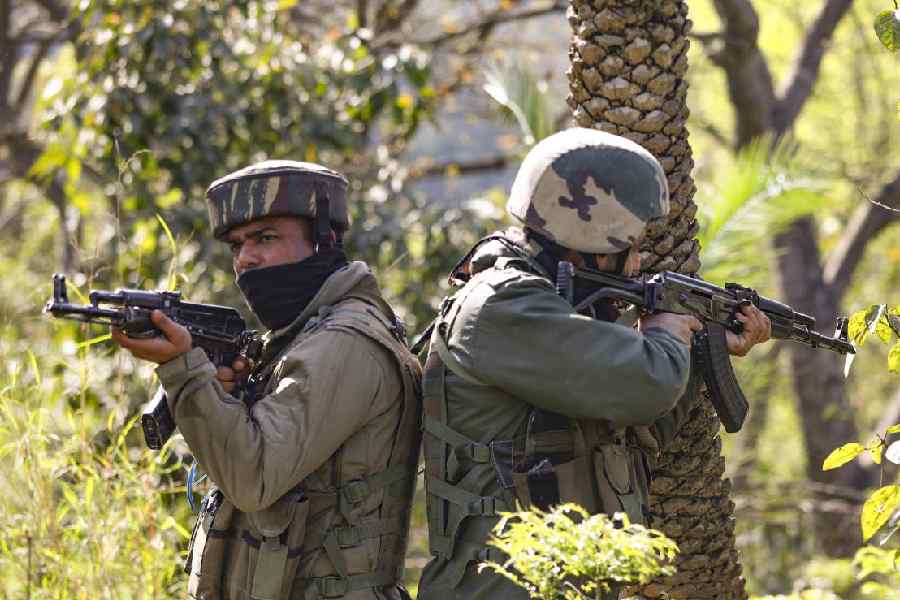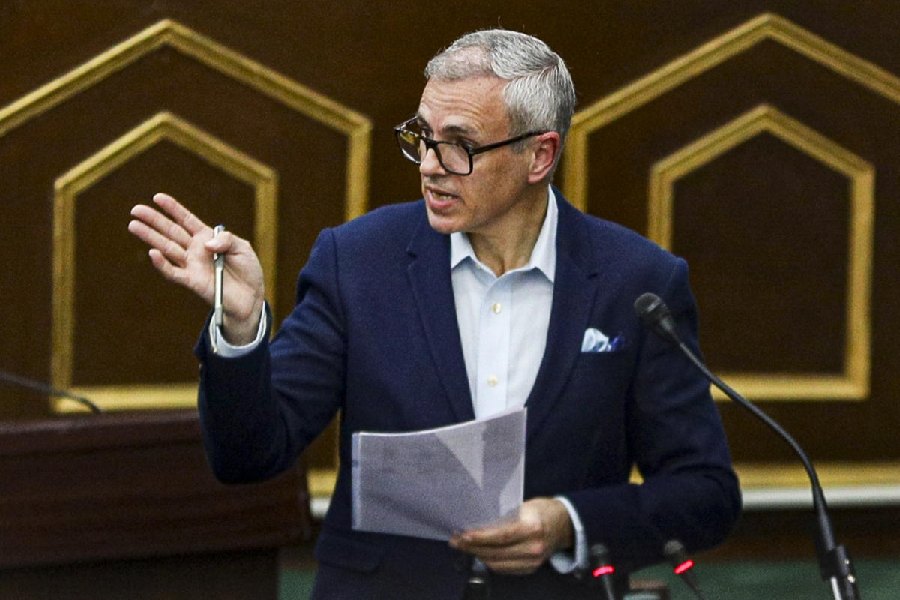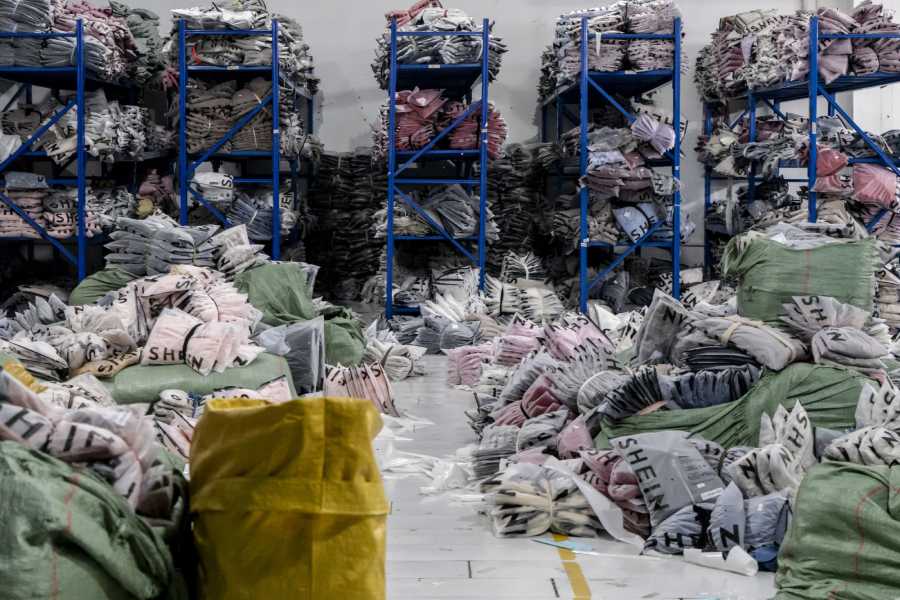 |
Mamata Banerjee on Thursday pegged the price of potato in retail markets across Calcutta at Rs 13 a kilo after a meeting with the task force that monitors prices of essential commodities.
Agricultural marketing minister Arup Roy and other Trinamul leaders were prompt in terming the chief minister’s announcement a reflection of her concern over rising prices and the problems homemakers were facing in balancing household budgets.
Mamata has on several occasions given her government the credit of being the only one that keeps tabs on the prices of essential items.
While any attempt to rein in prices will make people happy, some key issues get lost in the euphoria. Metro explains the economics of price rise and efficacy of price control.
Surplus state
Bengal, with around 18 lakh hectares under potato cultivation, is a surplus state with demand always lagging behind supply (see chart). The price of potato across the state has been between Rs 6 and Rs 8 a kilo over the past few years, except in 2009 when bad weather resulted in a production slump and the price soared to Rs 22 a kg.
Sources in the agriculture marketing department said over 18 lakh tonnes of potato were in cold storage and the stock was sufficient to last till January, when a fresh crop arrives. “Monthly demand of potato is around 5 lakh tonnes, which means there is no short supply,” an official said.
Supply chain
Middlemen procure the produce — primarily from Hooghly, West Midnapore and Burdwan — and release it to the wholesale market, depending on demand. Wholesalers sell the produce to retailers.
The state government blames middlemen for the price rise. “Some unscrupulous middlemen have pushed up the price… But we will not allow it,” Mamata said, fixing prices for different stages of the chain.
 |
| Mamata Banerjee on Thursday chairs a meeting of a task force set up to monitor food prices |
Stock shock
Government officials and potato traders revealed two reasons for the price rise.
The extension of the deadline to empty out cold storage facilities last year deviated from the practice of mandatory stock clearance by November 30 to prepare for the arrival of the new crop.
The government had extended the deadline till December 31.
Middlemen are holding on to their stock this year in anticipation of another extension that would help them release potatoes slowly till the end of the year instead of by November 30, in which case there would be a glut in the market and a fall in price.
The subsidy on export that was offered last year is another reason for the current price rise. Traders are holding on to their stock in the hope of benefiting from an export subsidy again.
Price ceiling
Any ceiling on the price of an item has failed to yield the desired result so far as the government doesn’t have any control over production and the supply chain.
This was evident last week when the agricultural marketing minister declared that potato would not be sold at above Rs 14 a kilo. The result? Potato price shot up to Rs 18 a kilo from Rs 16/kg. On October 31, potato was priced Rs 20 a kilo at Maniktala market.
Task force
The task force comprising representatives of the police, enforcement directorate, CMC and the agricultural marketing department has had little impact on prices of essential items in the long run.
It has been observed that prices tend to drop when chief minister Mamata talks about taking action against unfair pricing, only for the problem to resurface. “The government has not taken action against any hoarder or unscrupulous middleman till now,” an official said.
And finally…
Potato price isn’t the only dent on the homemaker’s budget; prices of almost all vegetables have spiralled
“I don’t know whether the ceiling on potato price will work or not… I would have liked some strong action to tame the prices of other products that are pinching us much more,” said a homemaker from Salt Lake.
How has price rise affected your spending on food items? Tell ttmetro@abpmail.com





